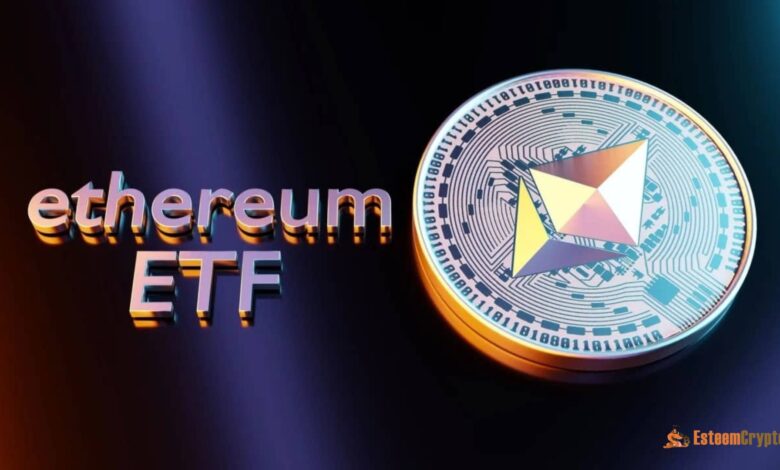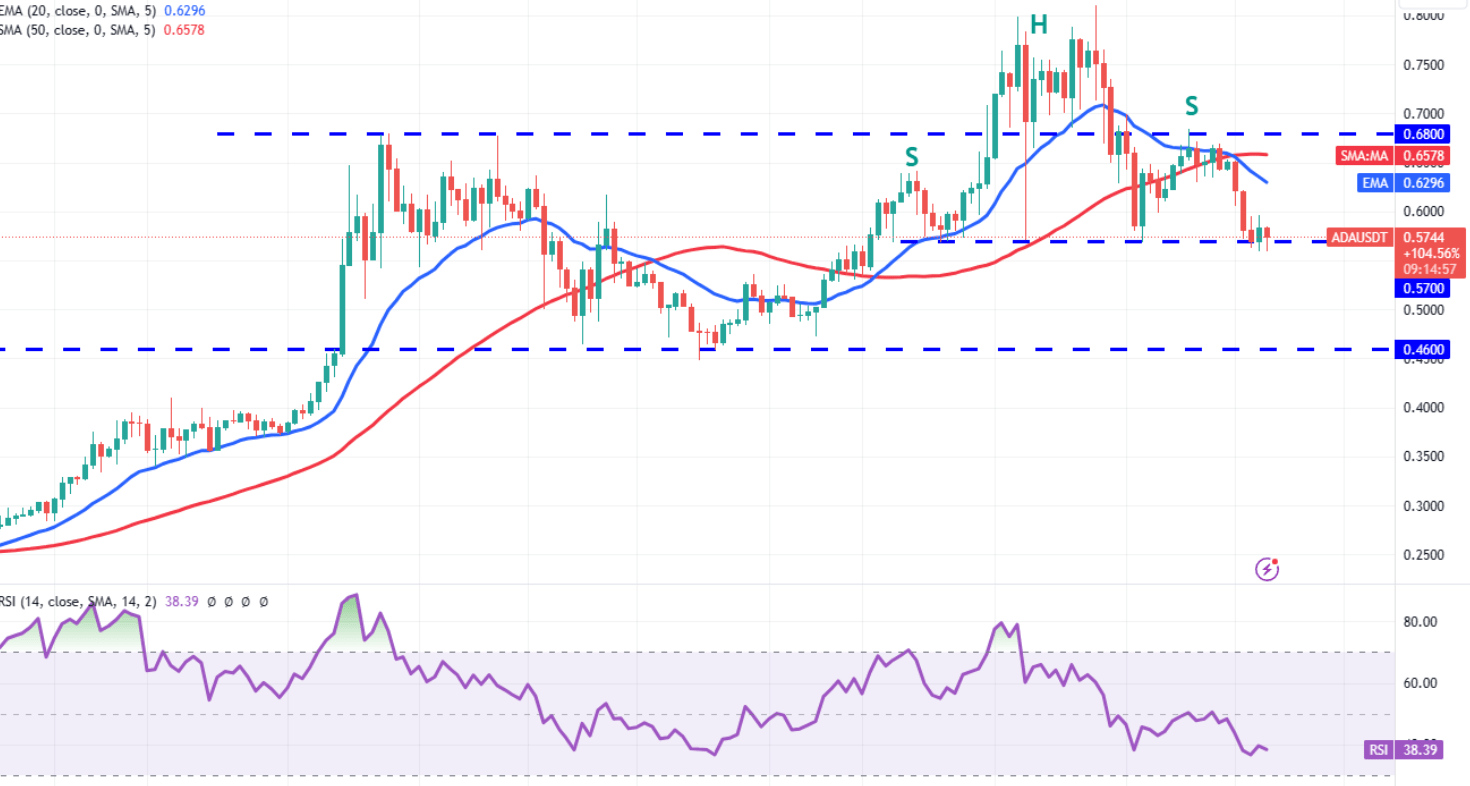Coming Ethereum ETFs: What to Know in 2024

Investors may now own Spot Ethereum ETFs following years of opposition from regulators and numerous revised registration requests. Along with other well-known stocks like Apple Inc. (AAPL) and SPDR S&P 500 ETF Trust (SPY), shares of publicly listed Ethereum (ETH) ETFs will soon be available on some of the most popular US brokerage platforms. The upcoming listings mark a turning point in the history of the cryptocurrency markets for millions of Americans, including individual and institutional investors. To maximize its usefulness, consider the following.
When will Spot Ether ETFs be Available?
Fidelity Ethereum Fund, 21Shares Core Ethereum ETF, Invesco Galaxy Ethereum ETF, VanEck Ethereum ETF, and Franklin Ethereum ETF are the five ETFs that have been authorized to trade on the CBOE platform. July 23 has been confirmed as the date of their debut. In addition to Nasdaq, the other four spot ETH ETFs will trade on NYSE Arca. Although those exchanges haven’t confirmed anything yet, the widespread consensus is that they will list on July 23.
Where Can I Buy Ethereum ETF Shares?
To put it plainly, nearly all of the main brokerage platforms. All spot Ethereum ETFs have been pre-approved to trade on Nasdaq, NYSE Arca, or Cboe BZX, the three main U.S. exchanges, before their expected listing in the last week of July.
Regular stock owners do not trade on these sites directly. They bypass direct brokers and work with established ones such as TD Ameritrade, Charles Schwab, Robinhood, and Fidelity. You can rest assured that all the main brokerages will be able to assist you in trading the Ethereum Trust Fund (ETF) shares once they enter the market.
What are my options, and how do I know which is best?
Ether ETFs are one of nine places where trading is about to begin. The underlying mechanisms are generally the same across all of the funds. A reputable fund manager sponsors every ETF, has spot Ethereum kept by a licensed custodian, and leverages a small group of professional market makers to issue and redeem shares. Also, standard investor protections, like protection from cyber threats and brokerage failures, are available to all.
Fees sway most investors. The management fees for the majority of these ETFs range between 0.15 and 22.5 percent. One exception is Grayscale Ethereum Trust (ETHE), which started trading with a different fund structure in 2017 but still uses the same 2.5% management fee. As a temporary marketing tactic, most Ethereum ETFs offer reduced or even free fees to potential investors. Two notable outliers are Greyscale Ethereum Trust and Invesco Galaxy Ethereum ETF (QETH).
In a twist of fate, Grayscale’s product emerged victorious in the fee war. Grayscale Ethereum Mini Trust (ETH) is a new ETF product with a pitiful 0.15 percent management fee. However, no such fees will be levied until the fund’s assets under management (AUM) exceed $2 billion or for the first six months after listing.
Another appealing choice is the Franklin Ethereum ETF (EZET), which Franklin Templeton manages. At 0.19%, it has the second-lowest management costs in the group and will stay that way until January 2025 or the fund’s AUM reaches $10 billion, whichever occurs first.
Will Spot Ether ETFs Offer Staking?
The answer is “no.” To make it more formal, the response is “Maybe, but not anytime soon.” If you need a reminder, staking sends Ethereum to a validator node on the Beacon Chain. With Ethereum (ETH) staked, you can profit from network fees and other incentives. Still, you risk “slashing” (losing your staked collateral) if the validator acts inappropriately or fails.
The attractiveness of staking lies in its greatly increased returns. As of July 19, annual rewards rates were approximately 3.7%, according to StakingRewards.com. Issuers like Fidelity, BlackRock, and Franklin Templeton applied to the government for permission to add staking to spot Ethereum exchange-traded funds earlier this year. Those requests were refused by the SEC.
According to multiple anonymous sources who spoke to Cointelegraph, the crux of the matter is liquidity. Withdrawing staked Ethereum from the Beacon chain typically takes a few days. Issuers face this challenge because, upon request, they must quickly exchange ETF shares for the assets of the underlying fund.
According to those who spoke with Cointelegraph, issuers are considering adding staking to the existing crop of spot ETH ETFs, which might involve keeping a “buffer” of liquid spot Ether. However, a feasible strategy is yet months away. At this time, Ether ETFs cannot be staked.




